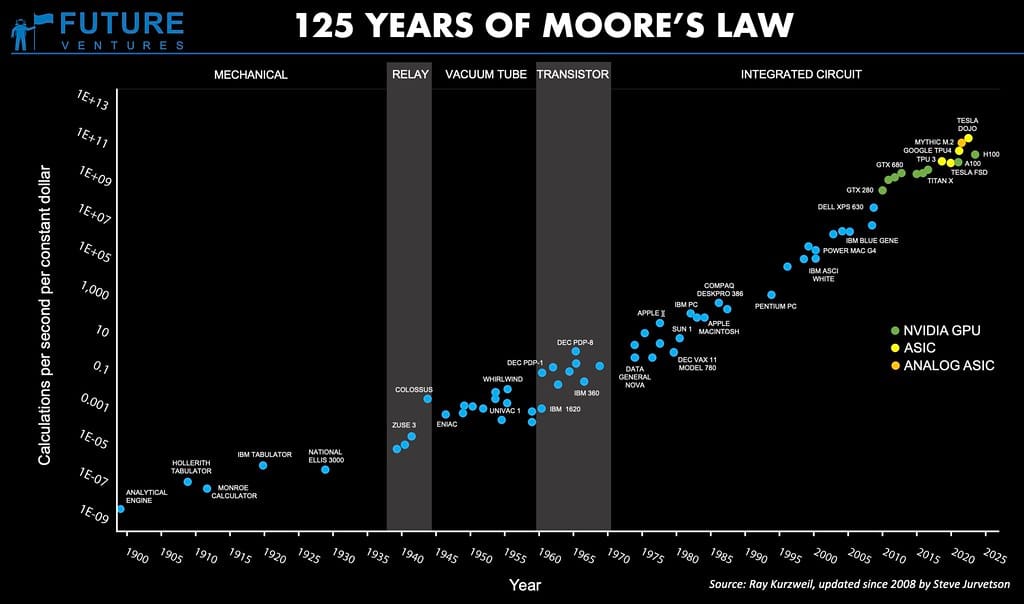The AI Divide: Why Americans Embrace Search but Hesitate at Work
A striking new poll reveals a fascinating paradox in how Americans interact with artificial intelligence: while 60% readily use AI-powered search tools in their daily lives, only 37% have adopted AI for workplace tasks. This 23-percentage-point gap highlights a complex relationship between consumers and AI technology that could reshape both digital habits and workplace productivity in the coming years.
Personal Search Leads the AI Revolution
The poll's findings underscore that AI has already become deeply embedded in Americans' personal digital behaviors. From ChatGPT queries about weekend recipes to Google's AI-enhanced search results for vacation planning, consumers have embraced AI as a natural extension of their information-seeking habits.
This widespread adoption in personal search reflects AI's strength in handling everyday questions and creative tasks. Users report leveraging AI for everything from homework help and travel recommendations to generating social media content and troubleshooting household problems. The technology's conversational interface and ability to provide personalized, context-aware responses has made it an intuitive replacement for traditional search engines.
"AI search feels like having a knowledgeable friend who's always available," explains Dr. Sarah Chen, a digital behavior researcher at Northwestern University. "There's no learning curve, no corporate policies to navigate – just natural conversation that gets results."
The Workplace Hesitation
Despite AI's personal popularity, the workplace adoption rate of just 37% reveals significant barriers preventing Americans from bringing these same tools into their professional lives. Several factors contribute to this hesitation:
Corporate Policy Constraints
Many organizations have implemented strict AI usage policies or outright bans, particularly in industries handling sensitive data. Legal, healthcare, and financial services companies often prohibit AI tools due to confidentiality concerns and regulatory compliance requirements.
Security and Privacy Concerns
While users may freely share personal queries with AI systems, they're understandably cautious about inputting proprietary business information, client data, or strategic plans into third-party AI platforms. These legitimate security concerns create a natural barrier to workplace adoption.
Professional Stakes and Accuracy Demands
The consequences of AI errors carry different weight in professional versus personal contexts. A wrong restaurant recommendation is inconvenient; an inaccurate financial analysis or flawed marketing strategy could have serious business implications.
Industry Variations Paint a Complex Picture
The poll data reveals significant variations across different sectors. Technology and marketing professionals show higher workplace AI adoption rates, approaching 55%, while healthcare and legal professionals lag behind at roughly 25%. This disparity reflects both regulatory differences and varying comfort levels with AI-generated content in high-stakes environments.
Creative industries occupy an interesting middle ground, with 45% adoption rates. Graphic designers, writers, and marketers increasingly use AI for brainstorming, first drafts, and concept development, but maintain human oversight for final deliverables.
The Generational Factor
Age demographics play a crucial role in these adoption patterns. Americans under 35 show workplace AI usage rates of 48%, compared to just 22% for those over 55. This generational divide suggests that workplace AI adoption may accelerate naturally as digital natives advance in their careers and assume decision-making roles.
Younger professionals report feeling more comfortable with AI's limitations and are more likely to view it as a productivity enhancer rather than a replacement for human judgment.
Looking Ahead: Bridging the Divide
The gap between personal and professional AI usage likely represents a temporary phase in technology adoption. As AI tools become more sophisticated, secure, and integrated into business software, workplace hesitation may diminish.
Companies are beginning to develop internal AI policies that balance innovation with security, creating approved tools and usage guidelines that could drive adoption rates higher. Major software providers like Microsoft and Google are also embedding AI capabilities directly into familiar workplace applications, reducing the perceived risk of adopting standalone AI tools.
The Bottom Line
The 60% versus 37% split reveals that Americans are not AI-averse – they're context-conscious. While consumers readily embrace AI for personal productivity and entertainment, they apply more stringent criteria when professional reputations and business outcomes are at stake.
This measured approach may actually benefit long-term AI integration. As workplace AI tools mature and security frameworks develop, the eventual professional adoption may be more thoughtful and sustainable than if it had occurred without this period of careful evaluation.
The question isn't whether workplace AI adoption will increase, but how quickly organizations can build the trust and infrastructure necessary to bridge this digital divide.

